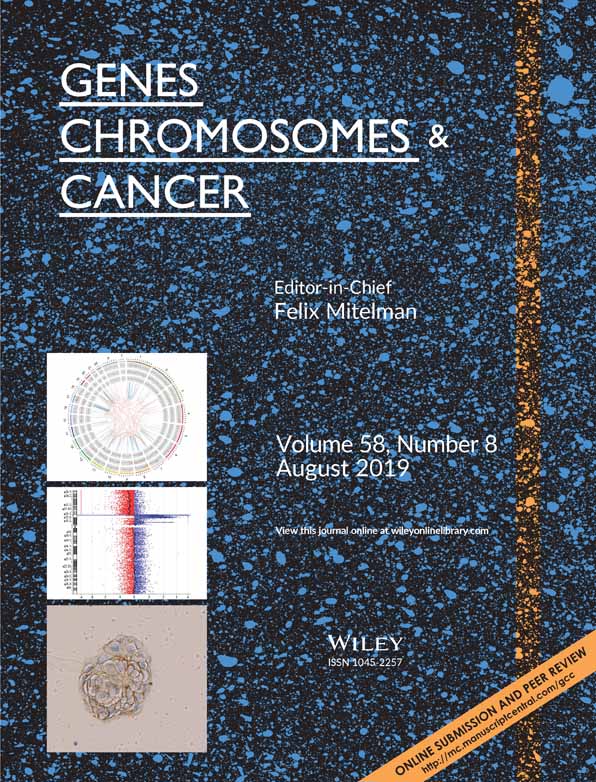Acute leukemias harboring KMT2A/MLLT10 fusion: a 10-year experience from a single genomics laboratory
ABSTRACT
The MLLT10 (formerly AF10) gene is the fourth most common KMT2A fusion partner across all acute leukemias and requires at least 3 breaks to form an in-frame KMT2A/MLLT10 fusion due to the opposite orientation of each gene. A 10-year retrospective review was performed to identify individuals from all age groups that harbor KMT2A/MLLT10 fusion obtained by our KMT2A/MLLT10 dual-color dual-fusion fluorescence in situ hybridization (D-FISH) assay. Of the 60 unique individuals identified, 31 were male and 29 were female (M:F ratio, 1.1:1) with ages ranging from 3 days to 86 years (mean 21.5 years, median 5.5 years). The diagnoses included acute myeloid leukemia (AML) (49 patients, 82%), B- or T-lymphoblastic leukemia/lymphoma (7 patients, 12%), myeloid sarcoma (3 patients, 5%), and a single case (2%) of undifferentiated leukemia. Twenty-seven of 49 patients (55%) with AML were in the infant or pediatric age group. Fifty-three of 60 patients (88%) had KMT2A/MLLT10 D-FISH signal patterns mostly consisting of single fusions. In addition, 10 (26%) of 38 patients with conventional chromosome studies had “normal” (5 patients) or abnormal (5 patients) chromosome studies that lacked structural or numeric abnormalities involving chromosomes 10 or 11, implying cryptic cytogenetic mechanisms for KMT2A/MLLT10 fusion. Lastly, mate-pair sequencing was performed on 4 AML cases, 2 of which had “normal” chromosome studies and cryptic KMT2A/MLLT10 fusion as detected by KMT2A/MLLT10 D-FISH studies, and verified the multiple breaks required to generate KMT2A/MLLT10 fusion.




